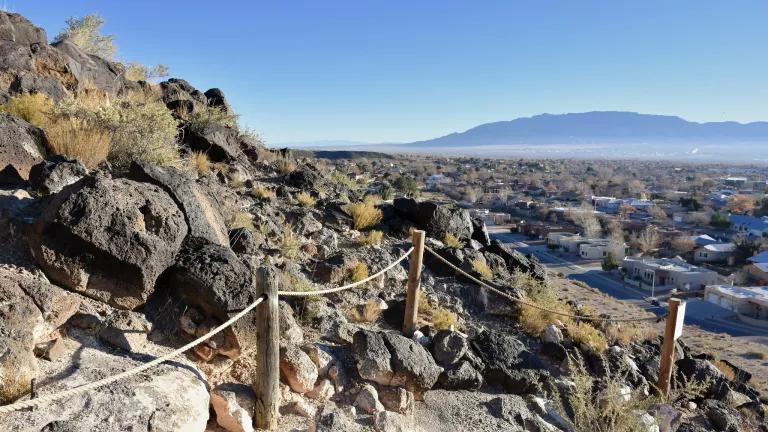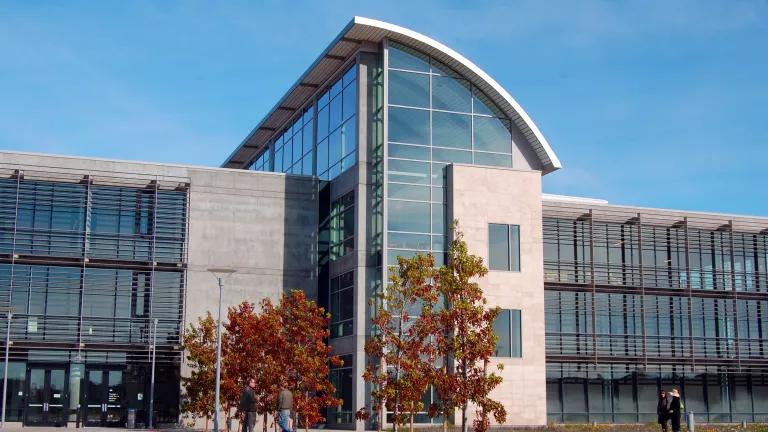Trump Budget Would Pile Bigger Energy Burden Onto the Poor

The Trump administration’s proposed federal budget includes extreme—and extremely foolhardy—evisceration of two key programs that help lift affordable housing and its low-income residents out of poverty.
The budget for the fiscal year beginning October 1 would eliminate LIHEAP, the Low-Income Home Energy Assistance Program (LIHEAP) enacted in 1981 as an annual grant to states to help low-income Americans make ends meet despite burdensome utility bills, as well as the Weatherization Assistance Program (WAP). Since its inception in 1976 WAP has benefited more than 7 million families by funding home improvements yielding an average annual energy cost savings of more than $280, while LIHEAP provides annual assistance to utilities to help households pay for heating, cooling as well as providing crisis funding directly to families in emergencies. LIHEAP’s heating assistance alone served more than 5.7 million households in 2014.
As detailed in a 2014 Congressional Research Service paper, the LIHEAP program allows ample flexibility to state programs using the funding, with minimal requirements such as coordination with the WAP, setting aside funding for emergencies and limiting the percentage of funding that can be used for weatherization (versus assistance).
This program is important for relieving a burden that falls heaviest on low-income people. A recent report from the American Council for an Energy-Efficient Economy (ACEEE) and Energy Efficiency for All found that low-income household budgets are hit twice as hard as the median household budget, and three times more than higher-income ones.
This makes a big difference. Imagine your home’s budget as a shopping cart, with the size of the cart determined by your income. The cart is smaller for a low-income home so paying the utility bill can mean having to do without some items your income should cover—health care or tuition, for example. LIHEAP helps households avoid such hardship.
About half of LIHEAP funding goes to heating assistance, so it is most important to those how live in colder regions of the country. It’s available for those who fall below 150 percent of the federal poverty income guidelines or 60 percent of the median state income, whichever is greater. To get an idea of how useful this support is to low-income Americans, I used an analytical tool available on the Department of Health and Human Services web site (HHS administers LIHEAP) to show reliance on the program in some highly populated Rust Belt states:
Electric and gas utility companies support LIHEAP as well, since it helps to prevent arrearages and service cutoffs for their customers. As Matthew Desmond noted in Evicted, his Pulitzer-Prize-winning account of the nation’s affordable housing crisis, “In a typical year, almost 1 in 5 poor renting families nationwide missed payments and received a disconnection notice from their utility.”
This explains the long list of unusual allies––from the American Gas Association and Edison Electric Institute to the National Consumer Law Center and National Housing Trust––who work with the National Energy & Utility Affordability Coalition (NEUAC) to improve and defend LIHEAP. Last week the group sent an impressive letter of opposition to the Trump Administration’s proposal to eliminate LIHEAP, signed by more than 1,200 groups.
The Weatherization Assistance Program, which helps finance energy efficiency improvements that can cut down on drafts, is a companion to LIHEAP. I’ve written about this important program here and here.
Under the Trump budget this program would also be eliminated. Yet this program is also key to lifting up low-income Americans burdened by high energy costs. It complements state weatherization programs, and combined invest in improving buildings with an array of measures, everything from new caulking, insulation and lighting to heating, ventilation and air conditioning (HVAC) improvements. This is crucially important for affordable housing owners and managers since as our friends at the National Housing Trust point out, utility costs are a substantial part of the cost structure of affordable multifamily housing in the U.S. as shown in this bar graph:

That’s why affordable housing owners and developers support WAP. In fact, everyone should be supportive, since this program makes lasting improvements to homes, cutting their energy bills and making their occupants more comfortable.
Take the household-budget-sized shopping cart mentioned above. By funding improvements to a building––WAP (as well as up to 15 percent of a state’s LIHEAP funding) shrinks the size of the utility bill that must fit into the cart. And it does it not just for one year, but for many years to come.
In sum, WAP is an investment in a cheaper energy future for low-income housing and its residents. That’s why at least one state leading the way in energy efficiency policy—Connecticut, which ranks 5th on ACEEE’s respected state scorecard—has an impressive law (Public Act 11-80) requiring that 80 percent of all its homes be weatherized by 2030.
According to analysis by the Center for American Progress, eliminating WAP would cut more than $200 million of investment in affordable housing improvements. We would forego almost 45,000 improvement projects in just one year, including more than 13,000 in the colder weather states that would also see LIHEAP funding slashed. This adds injury to injury for low-income households in states that can least afford it, including Iowa, Michigan, Minnesota, Ohio, Pennsylvania and Wisconsin.
Congress must reject these cuts, which would swipe annual energy assistance from low-income families and prevent durable investments in energy efficiency of affordable housing. Balancing the budget makes sense, but not on the backs of the energy-cost-burdened poor.



